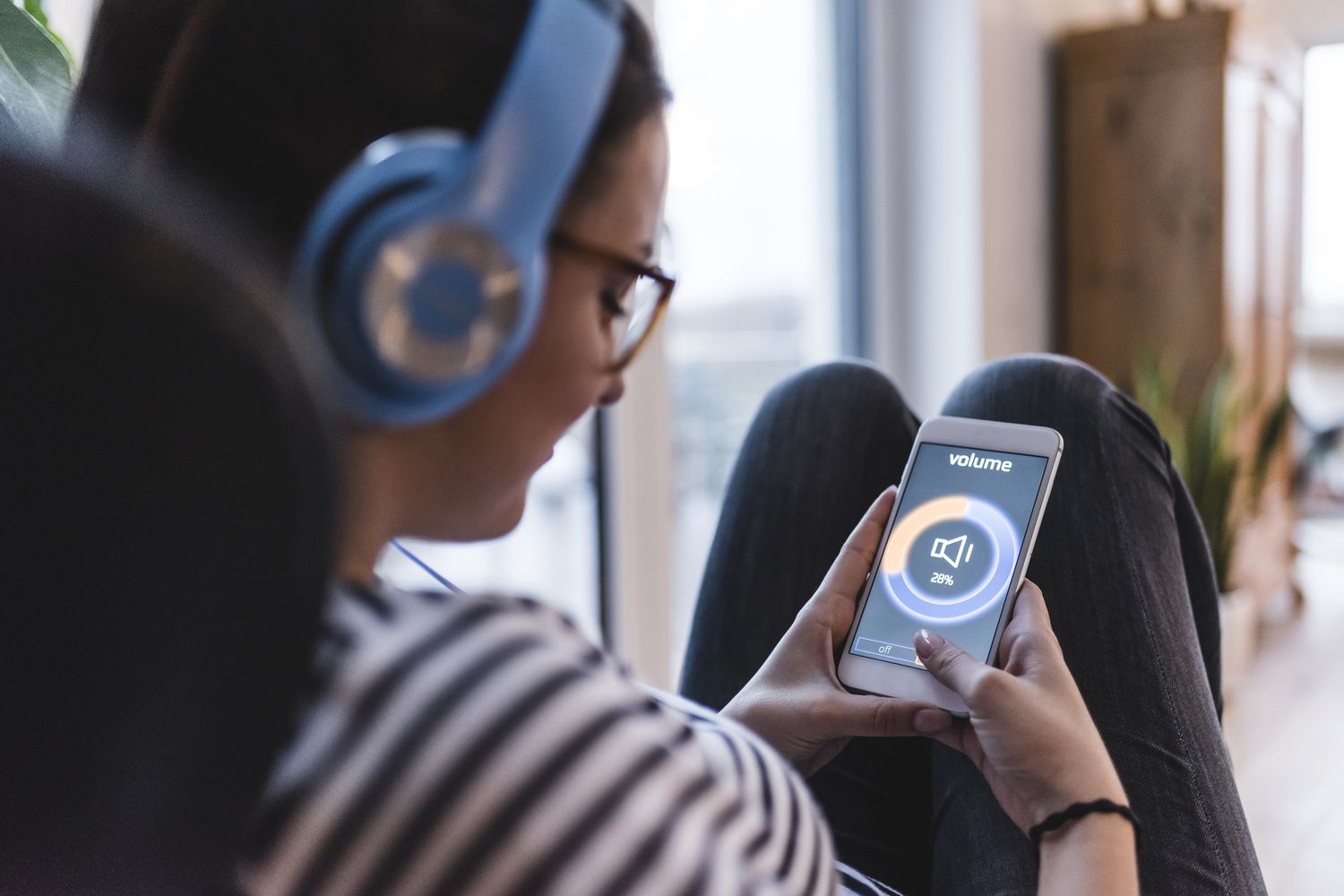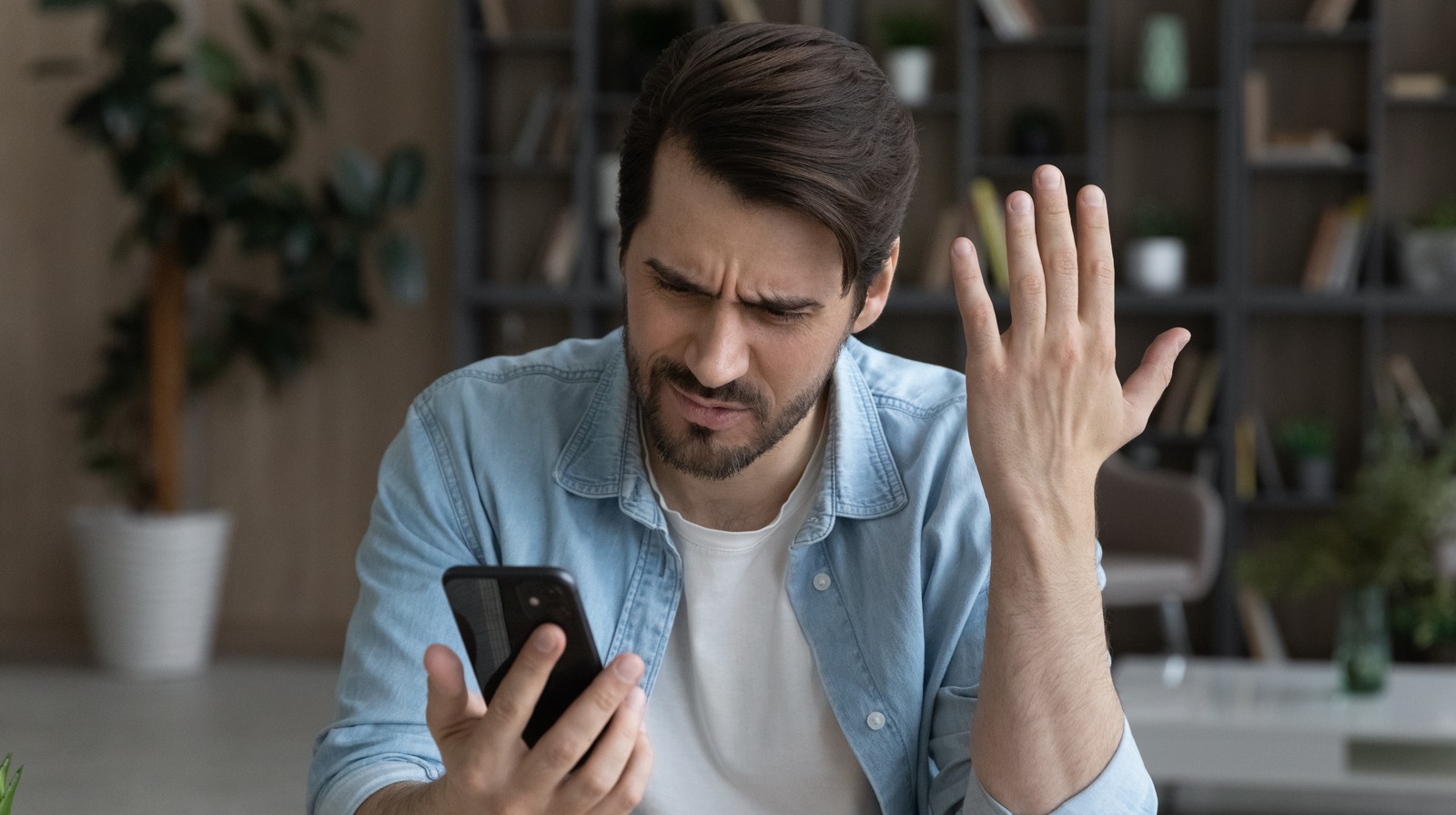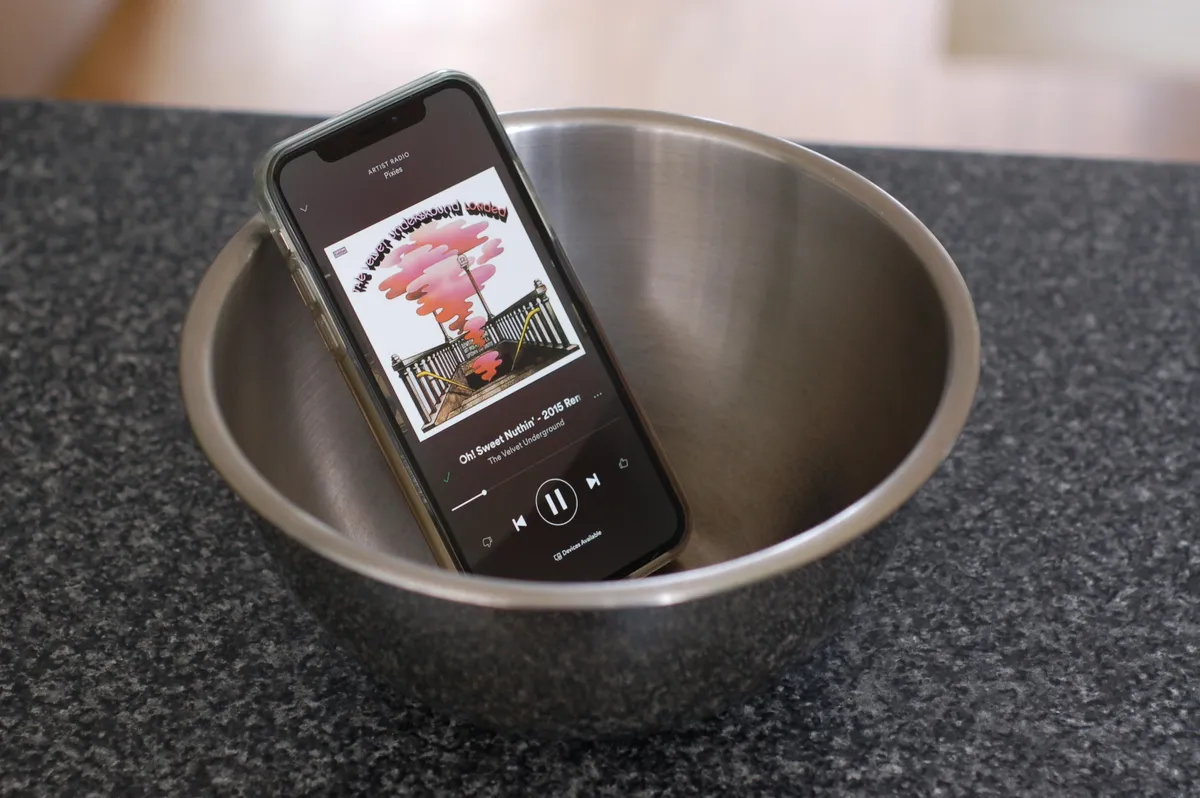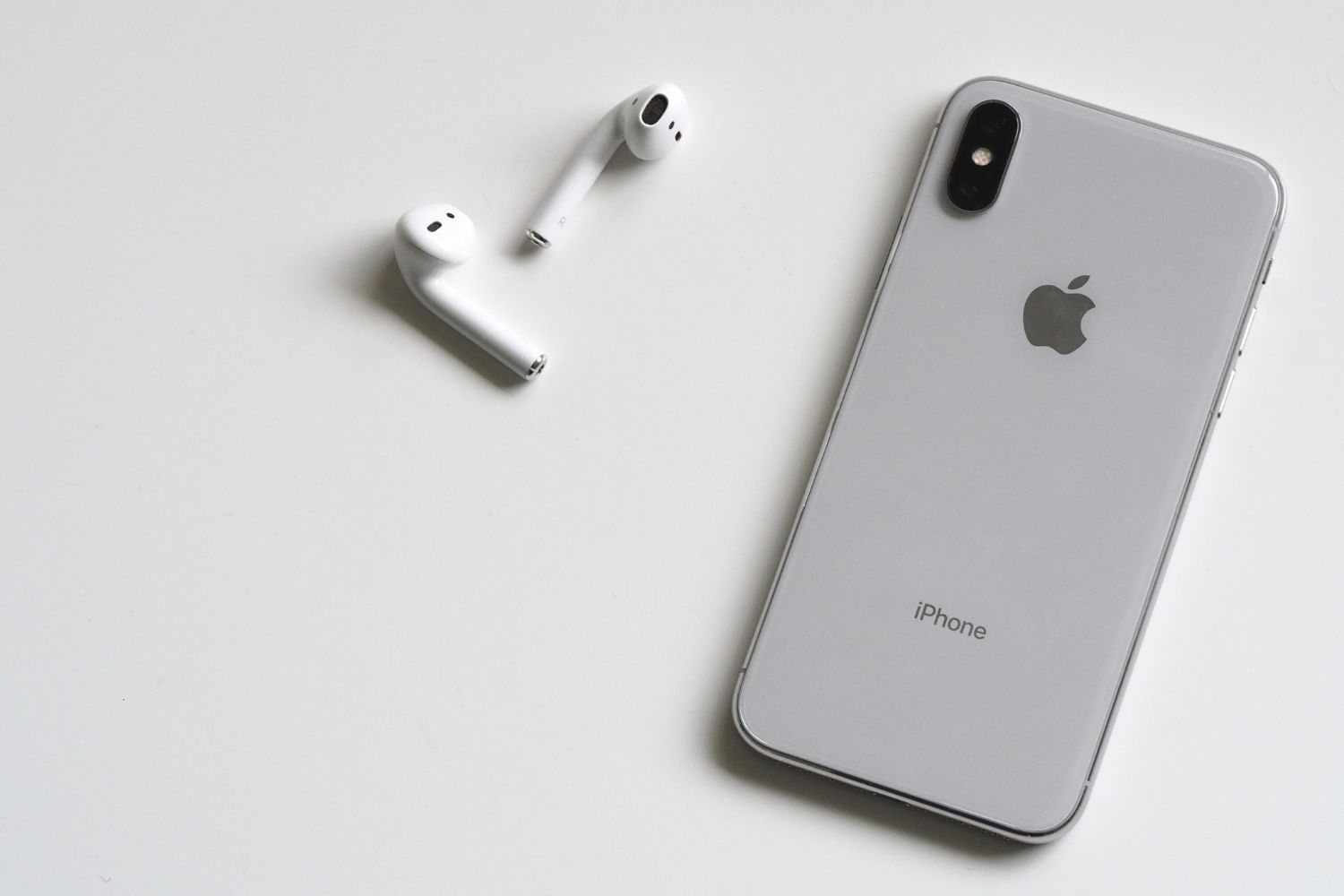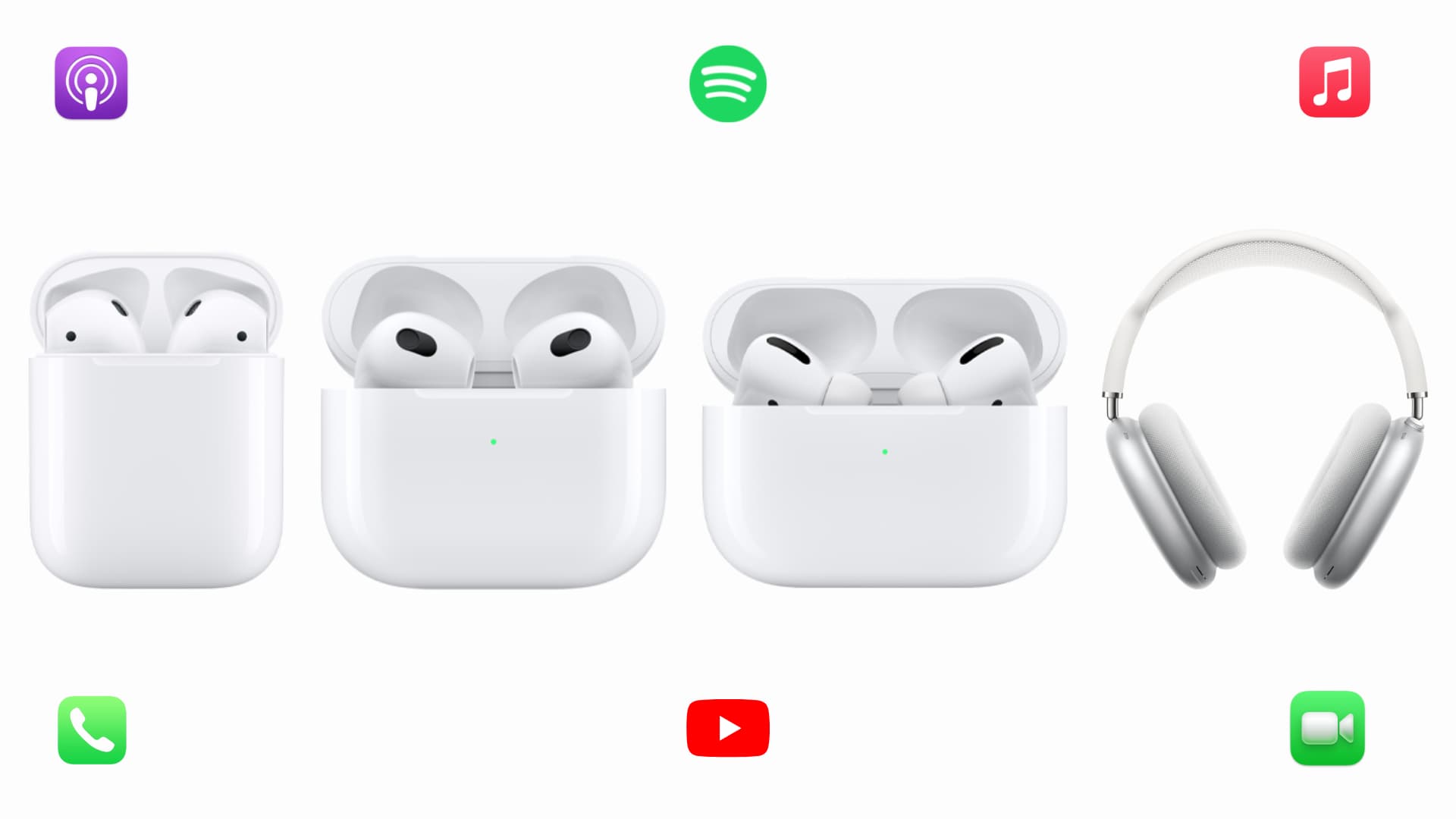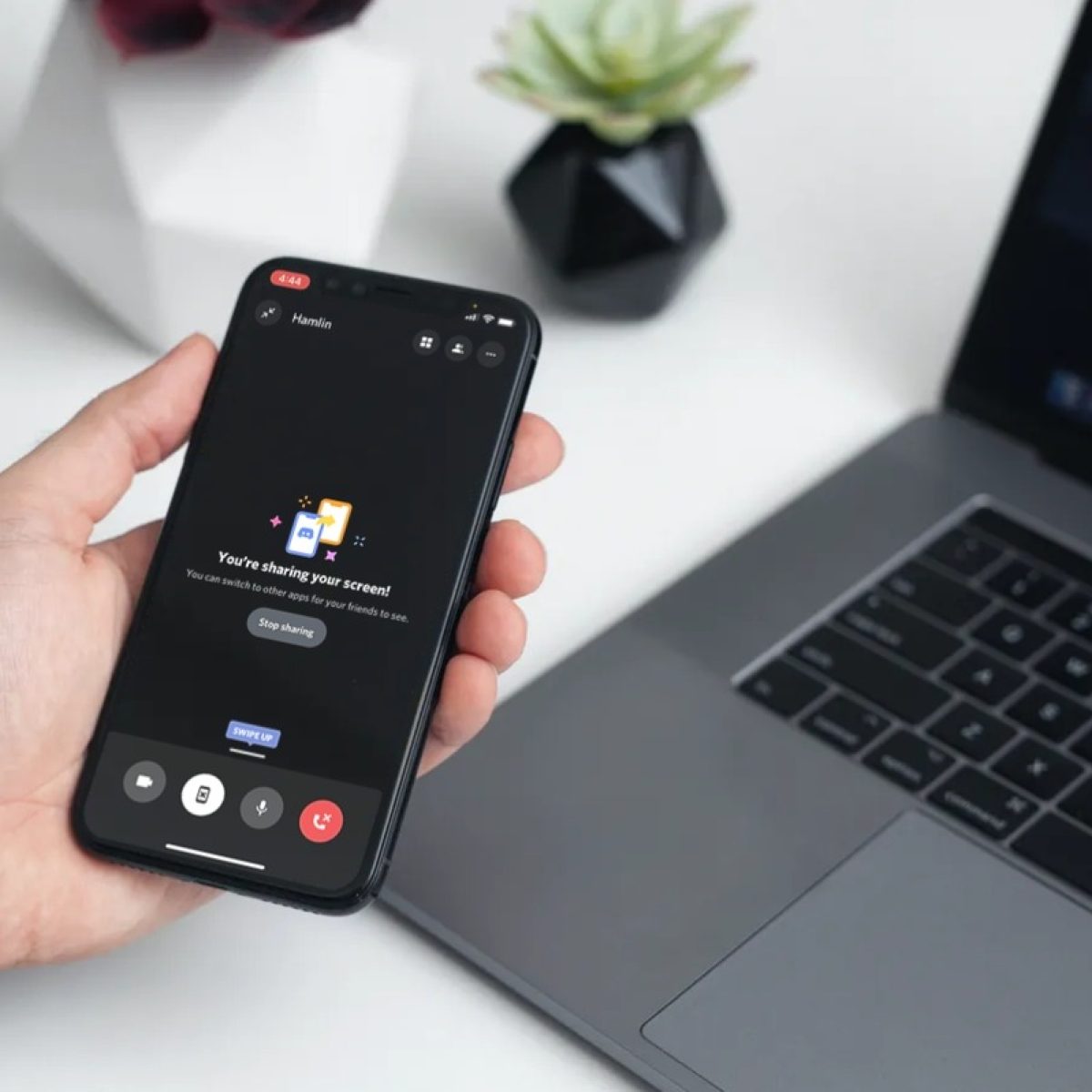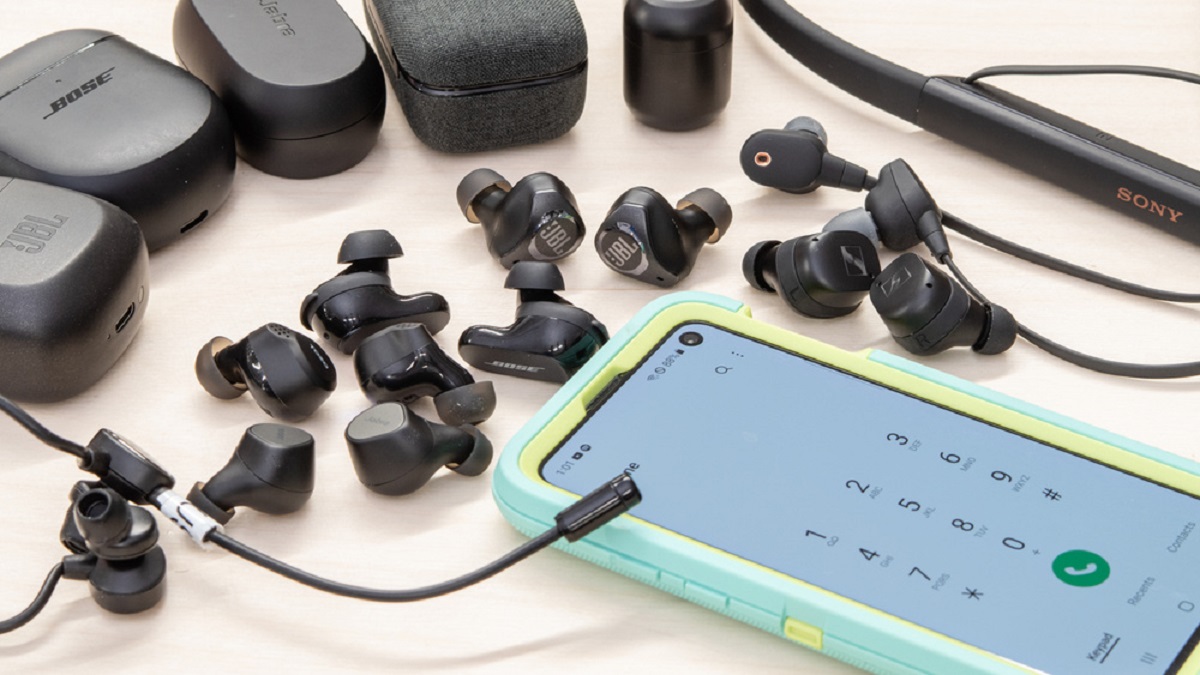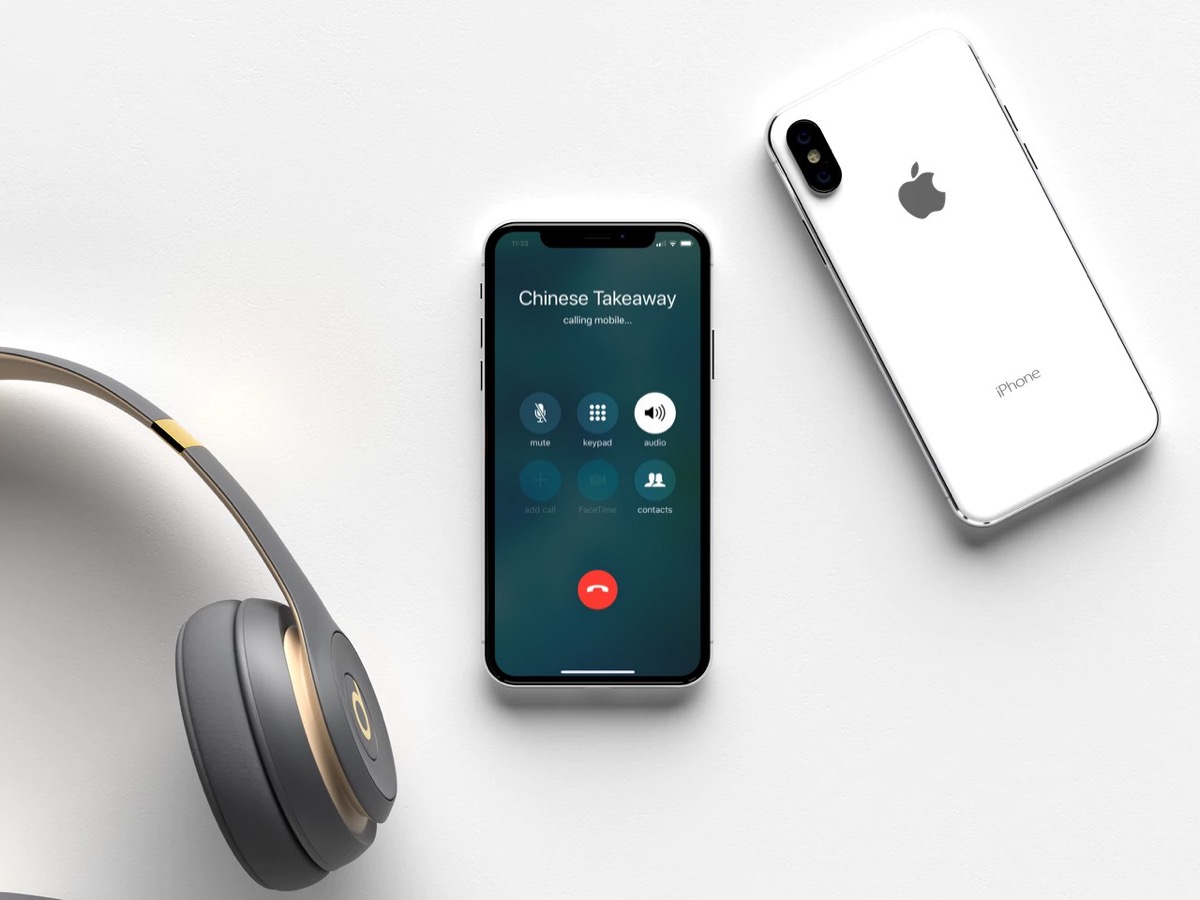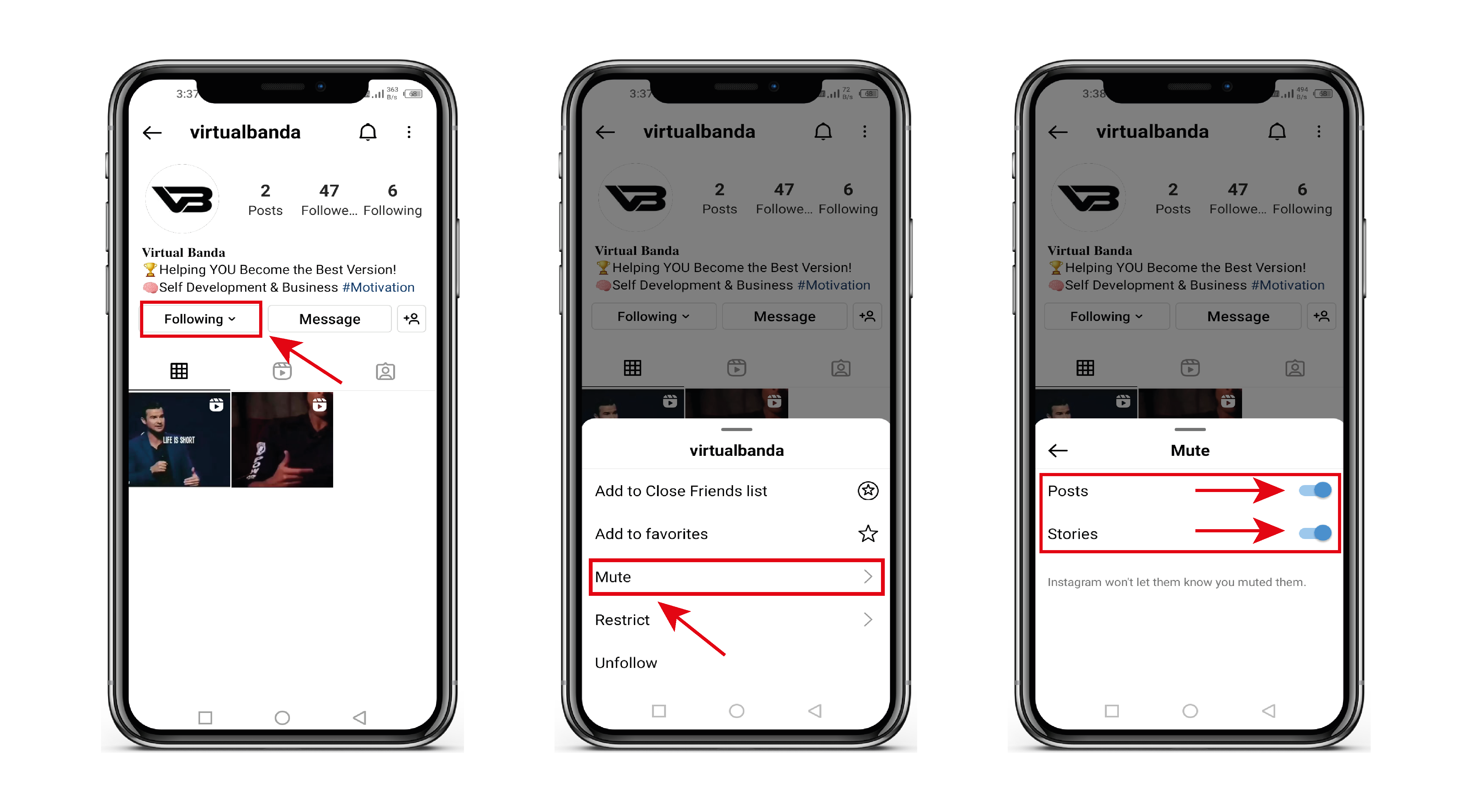Introduction
Are you frustrated with the low volume from your phone's speaker? It can be exasperating when you're trying to listen to music, watch videos, or take calls, only to be met with a barely audible sound. Fortunately, there are several simple solutions to address this common issue. By following the tips outlined below, you can potentially amplify the volume and restore your phone's audio to its full potential.
Whether your phone's speaker volume has decreased gradually over time or suddenly become faint, there are steps you can take to troubleshoot and resolve the problem. From cleaning the speaker grill to utilizing volume booster apps and checking for software updates, these strategies can help you regain the optimal sound quality you desire.
Understanding the underlying causes of low phone speaker volume can empower you to make informed decisions about how to address the issue. By exploring the various solutions presented in this article, you can equip yourself with the knowledge needed to effectively tackle low phone speaker volume and enjoy a more immersive audio experience on your device.
In the following sections, we will delve into each solution in detail, providing step-by-step guidance to help you troubleshoot and resolve the issue of low phone speaker volume. Whether you're a music enthusiast, a movie buff, or simply depend on your phone for clear and audible calls, these tips can help you restore the sound quality you expect from your device. Let's explore these solutions to elevate your phone's audio performance.
Clean the Speaker Grill
Over time, dust, lint, and debris can accumulate on the speaker grill of your phone, obstructing the sound output and causing a decrease in volume. Cleaning the speaker grill is a straightforward yet effective way to address low phone speaker volume. To begin, power off your phone and examine the speaker grill area closely. You may notice a buildup of dirt or particles that are impeding the sound transmission.
Using a soft-bristled brush, gently remove any visible debris from the speaker grill. Be cautious not to apply excessive pressure, as this could potentially damage the speaker components. Additionally, you can utilize compressed air to dislodge stubborn particles from the grill, ensuring that the sound can flow unobstructed.
For a more thorough cleaning, consider using a small, soft brush, such as a toothbrush or a specialized electronics cleaning brush, to carefully dislodge any trapped debris. Alternatively, a cotton swab lightly dampened with isopropyl alcohol can be used to wipe the speaker grill, effectively removing accumulated grime and residue.
It’s important to approach this process with care, as aggressive cleaning methods or the use of excessive moisture can harm the internal components of the phone. Once the speaker grill is free from obstructions, power on your phone and test the speaker volume to determine if the cleaning process has restored the sound quality.
Regular maintenance of the speaker grill can help prevent the recurrence of low volume issues. By incorporating this simple cleaning routine into your phone care regimen, you can ensure that the speaker remains unobstructed and capable of delivering clear, robust sound.
Adjust the Volume Settings
When encountering low phone speaker volume, it’s essential to explore the volume settings on your device to ensure that they are optimized for the best audio output. Begin by accessing the sound or volume settings through the phone’s interface. Depending on the make and model of your device, these settings may be accessible through the main settings menu or the sound settings within the device’s control panel.
Once in the volume settings, check that the media, call, and notification volume levels are appropriately adjusted. Sometimes, the volume for specific audio outputs, such as media playback or incoming calls, may have been inadvertently set to a low level, resulting in diminished sound output. By adjusting these settings to a higher volume level, you can potentially remedy the issue of low phone speaker volume.
Furthermore, some phones offer equalizer settings that allow users to customize the audio output based on their preferences. Exploring the equalizer settings can provide an opportunity to fine-tune the audio profile, potentially enhancing the overall sound quality and volume output from the phone’s speaker.
Another aspect to consider is the presence of any sound enhancement features within the volume settings. Certain devices offer sound enhancement options, such as bass boost or virtual surround sound, which can enrich the audio experience and contribute to a more robust speaker output. By enabling these features, you may be able to amplify the volume and improve the overall audio quality from your phone’s speaker.
After adjusting the volume settings and exploring the available audio customization features, test the speaker volume by playing various media files or making a test call. This will allow you to assess whether the adjustments have effectively addressed the issue of low phone speaker volume. By familiarizing yourself with the volume settings and audio customization options on your phone, you can optimize the sound output to suit your preferences and ensure an immersive audio experience.
Use a Volume Booster App
If you find that the built-in volume settings on your phone are insufficient for addressing low speaker volume, utilizing a volume booster app can offer a viable solution. Volume booster apps are designed to amplify the audio output from your device’s speaker, providing an additional boost to the volume levels beyond the standard settings.
Before downloading a volume booster app, it’s important to exercise caution and select a reputable app from a trusted source, such as the official app store for your device’s operating system. This helps ensure that the app is legitimate and free from potentially harmful software or malware.
Once you have identified a suitable volume booster app, install it on your phone and follow the provided instructions for configuration. Many volume booster apps offer user-friendly interfaces, allowing you to easily adjust the volume levels and customize the audio output to your preference.
It’s important to note that while volume booster apps can effectively increase the volume output from your phone’s speaker, it’s advisable to use them judiciously and avoid setting the volume levels to an excessively high or prolonged level. Prolonged exposure to high volume levels can potentially impact your hearing and may strain the speaker components of your device.
After installing and configuring the volume booster app, test the speaker volume by playing media files or making a test call to gauge the impact of the volume boost. By utilizing a volume booster app, you can potentially elevate the audio output from your phone’s speaker, enhancing the overall sound quality and addressing the issue of low speaker volume.
Check for Software Updates
Ensuring that your phone’s operating system and software are up to date is crucial in addressing potential issues, including low speaker volume. Software updates often include bug fixes, performance enhancements, and optimizations that can directly impact the audio output and overall functionality of your device.
To check for software updates, navigate to the settings menu on your phone and locate the system or software update section. Depending on your device’s operating system, this may be found under “About phone” or “Software update.” Once in the software update section, initiate a check for any available updates for your device.
If a software update is available, proceed to download and install it on your phone. It’s important to ensure that your device is sufficiently charged or connected to a power source during the update process to prevent any interruptions. Once the update is complete, restart your phone to apply the changes and allow the updated software to take effect.
Software updates often include optimizations and improvements to the device’s audio processing and output, which can directly impact the speaker volume and sound quality. By keeping your phone’s software up to date, you can potentially address issues related to low speaker volume and benefit from enhanced audio performance.
In addition to system updates, it’s advisable to check for updates to specific apps that utilize the phone’s speaker, such as media players or communication apps. Updating these apps to the latest versions can also contribute to improved audio output and resolve any software-related factors contributing to low speaker volume.
Regularly checking for and installing software updates is an essential aspect of maintaining the optimal performance of your device, including its audio capabilities. By staying proactive in updating your phone’s software, you can mitigate potential issues related to low speaker volume and ensure a more satisfying audio experience.
Remove Phone Case
While phone cases are essential for protecting devices from impacts and damage, they can inadvertently contribute to low speaker volume by obstructing the sound output. The design and material of some phone cases may partially block or muffle the speaker, leading to a reduction in audio clarity and volume. In such cases, removing the phone case can potentially alleviate the issue of low speaker volume.
Begin by carefully removing the phone case from your device, taking note of any areas that directly cover the speaker grille or appear to impede the sound output. Inspect the interior of the case for any accumulated debris or material that may be obstructing the speaker. Clearing any obstructions within the case can help prevent them from affecting the speaker’s performance when the case is reattached.
Once the phone case is removed, test the speaker volume to determine if there is a noticeable improvement in audio output. In many instances, the removal of the phone case can immediately restore the full sound quality and volume from the speaker, as the obstruction is no longer present.
If the removal of the phone case results in a significant improvement in speaker volume, consider evaluating the design and fit of the case. Opting for a case that is specifically designed to allow unimpeded sound transmission from the speaker can help prevent future instances of reduced volume due to the case.
It’s important to strike a balance between protecting your phone with a case and ensuring that the speaker’s performance is not compromised. By periodically assessing the impact of the phone case on the speaker volume and choosing cases that facilitate clear sound output, you can maintain an optimal audio experience while safeguarding your device.
Get the Speaker Repaired
If you have exhausted the aforementioned troubleshooting methods and continue to experience persistently low speaker volume, seeking professional repair services may be necessary to address underlying hardware issues affecting the speaker. Over time, the speaker components of a phone can degrade or become damaged, resulting in diminished sound output and audio quality.
Contacting the manufacturer or an authorized service center to assess and repair the speaker can provide a comprehensive solution to the issue of low speaker volume. Trained technicians can diagnose the specific cause of the diminished volume, whether it’s related to speaker damage, component wear, or internal connectivity issues, and perform the necessary repairs to restore the speaker’s optimal performance.
Prior to seeking repair services, it’s advisable to back up any important data on your phone and perform a factory reset, as software-related issues can occasionally impact speaker performance. If the low speaker volume persists after these measures, it indicates a potential hardware issue that requires professional attention.
Upon consulting with a qualified technician, they can conduct a thorough assessment of the speaker and related components, identifying any faults or damage that may be contributing to the reduced volume. Depending on the nature of the issue, repairs may involve replacing the speaker unit, addressing internal connections, or resolving any hardware-related factors impacting the audio output.
By entrusting the repair of the speaker to experienced professionals, you can ensure that the underlying cause of the low volume is accurately diagnosed and effectively remedied. Following the completion of the repair, test the speaker to verify that the volume has been restored to its optimal level, allowing you to once again enjoy clear and robust audio from your device.
Investing in professional speaker repair not only addresses the immediate issue of low volume but also contributes to the long-term functionality and performance of your phone. By proactively addressing hardware-related concerns, you can prolong the lifespan of your device and maintain a satisfying audio experience.







